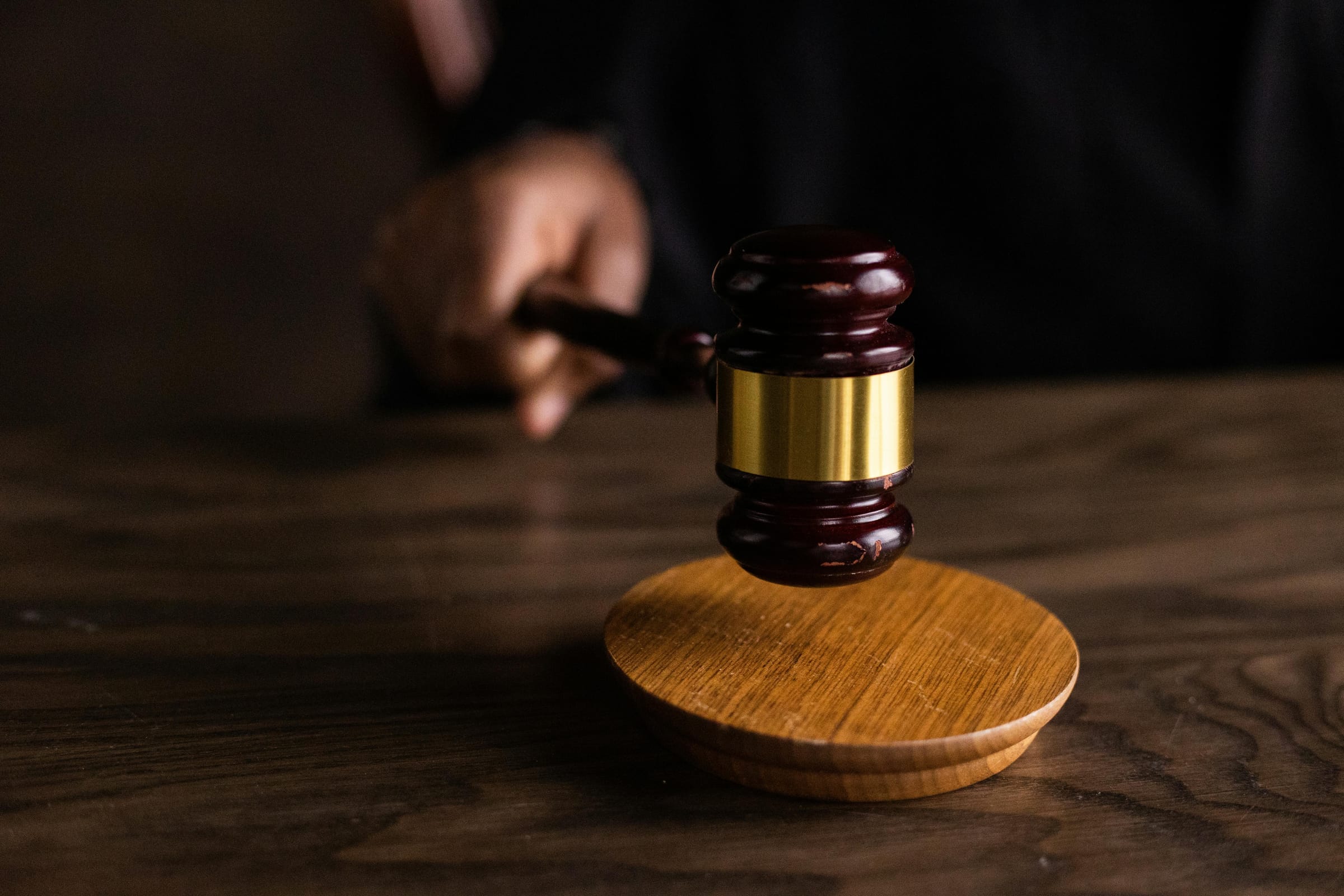
Ever had a judge drop a ruling that felt like a verdict straight out of a legal drama, only to find yourself wondering, “So… what happens now?” Don’t worry; you’re not alone. While the judge’s words might sound like the final say, there’s a bit more to the process before that ruling becomes an official court order. Buckle up as we navigate the intriguing journey from the bench to the final, formal order.
1. The Judge’s Bench Ruling: What’s the Big Idea?
When a judge delivers a ruling from the bench, it’s essentially a “this is what I’m thinking” moment. It’s the legal equivalent of an executive summary. The judge might outline their decision and reasoning on the spot, but this verbal ruling is not yet set in stone. It’s a preview of the final product, like a draft that’s still waiting for the editor’s approval.
You may be asking yourself, what if the judge’s bench ruling sets a specific deadline for payment of support, or return of items, etc.? Well, until the formal order is entered, a party is technically not required at that point to act. However, this does not mean they will not have to comply once the formal order is entered. If you are not sure whether you should proceed with acting on the bench ruling or holding off until the formal order is entered, you should discuss this with your attorney.
2. Drafting the Formal Order: The Legal “Makeover”
Here’s where the magic happens. After the judge’s ruling, the next step involves drafting the formal order. This is where things get a little less spontaneous and a lot more meticulous. The judge’s initial remarks are translated into legalese—a detailed and precise document that reflects the court’s final decision.
Typically, the judge will assign one attorney to take the lead on preparing the first draft. They will base this draft on the judge’s verbal ruling, making sure it captures all the nuances and requirements laid out by the judge, as well as provisions required by the law. Think of this as transcribing the judge’s notes into the “official” language of the court.
3. Review and Refinement: Double-Checking the Legal Lingo
Before the draft order becomes official, it undergoes a review process. This step ensures that every “i” is dotted and every “t” is crossed. Both sides (or their attorneys) get a chance to review the draft order to ensure it accurately reflects the judge’s ruling and doesn’t contain any errors or ambiguities. It’s a bit like proofreading your final paper before submitting it. If there are any issues, they’re addressed and corrected during this stage. While there may be some back and forth so that all parties and their attorneys can review and provide input, often both sides agree on the final language that will ultimately be submitted to the court.
4. Submitting the Final Draft: The Formal Submission
Once everyone agrees that the draft order is ready to go, it’s submitted to the judge for approval. The judge will review the final draft to ensure it matches their original ruling and then signs off on it. This is the “seal of approval” that transforms the draft into an official court order.
However, because this is an adversarial process, it is possible both sides cannot agree on the final wording of the draft order. But don’t fret, we have a process for that which allows both sides to have their position heard before the order is entered with the court. Either both sides submit competing orders for the judge to consider, requesting their version be entered, or one side may provide their changes, and these are submitted along with the other attorney’s proposed order noting that an agreement was not achieved. Either way, if there is not an agreement among all parties, it will be in the judge’s discretion which version to enter, or what changes to incorporate.
5. The Order Becomes Final: What’s Next?
After the judge signs the order, it’s filed with the court clerk and becomes part of the official court record. At this point, it’s a legally binding document that dictates the next steps in your case. Whether it’s enforcing a judgment, scheduling further proceedings, or something else entirely, this order sets the stage for what happens next.
In Summary:
Judge’s Bench Ruling – The initial verbal decision.
Drafting the Formal Order – Translating the ruling into legal documentation.
Review and Refinement – Ensuring accuracy, clarity, and agreement.
Submitting the Final Draft – Getting the judge’s official approval.
Order Becomes Final – The ruling is officially recorded and enforceable.
And there you have it — a behind-the-scenes look at the journey from courtroom ruling to formal court order. If you have any questions or need further clarification, don’t hesitate to reach out. Remember, in the legal world, it’s not just about what happens in the courtroom but also about how it all comes together in the paperwork!






